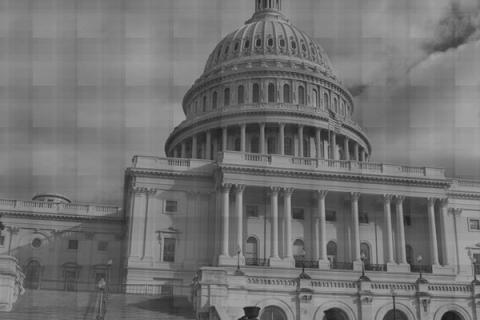The following is an interview with Carl Davidson. Davidson is a long time activist who started back in the 1960s. Since then Davidson has been involved with many organizations, including currently serving as the national Co-Chair of the Committee of Correspondence for Democracy and Socialism. Read on to learn more about his involvement, and his perspective on what activism means to him.
AJ: Could you give the readers a summary of your activism background?
Carl: I started as an alienated "Beat Generation" working-class youth in the late 1950s, crossing the color line with an interest in jazz. When I went to university, I connected to peace groups and support groups for young Blacks fighting for civil rights in the South. I organized antiwar actions and teach-ins, and eventually went to Mississippi for a long freedom march.
On my return from the South, I became a Students for a Democratic Society organizer, first in the Great Plains, then a national secretary for two years in 1966-68. After SDS, I became a writer for left newspapers, The Guardian and The Call. I was part of the ‘Maoist’ movement of the 1970s and early 1980s. Later, I trained myself in computers, and became part of the community technology movement, teaching computer skills to ex-offenders and in inner city high schools. I remained active in the antiwar movement, and learned some electoral politics in Rev. Jesse Jackson’s and Harold Washington’s campaigns. When it came time to retire, I turned over my operation in Chicago to a younger generation and moved back to my home town in Western Pennsylvania, near Pittsburgh. I continue to organize as national co-chair of the Committees of Correspondence for Democracy and Socialism.
What is the goal of the Committee of Correspondence of Democracy and Socialism?
Carl: The goals of CCDS, the Committees of Correspondence for Democracy and Socialism, is implied in the name. We have a Facebook page with a longer description, or you can go to our full statement of Goal and Principles at www.ccds-discussion.org
When some people use the term radical the rest of society tends to get uncomfortable with the term. How did the term radical become a negative thing?
Carl: ‘Radical’ means ‘getting to the root of the problem’. But those comfortable in the center have always used it to disparage militant minorities on the left and the right.
Could you expand on how the center uses the term 'Radical' to disparage militant minorities?
Carl: The use of 'Radical' by the mainstream media and the two main parties is dismissive, something to avoid, especially when 'getting to the root' of problems would find them part of the problem, rather than part of the solution.
From your perspective, has radical activism changed throughout the years?
Carl: To some degree, unfortunately. When I was young, our heroes were ‘organizers,’ and we all wanted to be good organizers. Somewhere along the line we became satisfied to see ourselves as ‘activists,’ which is no quite the same thing. We need a new culture of organizing.
History has shown that there has been a radical culture in the United States in town and college campuses. Many of these places have created great concepts that have become successful products. How can we generate a radical culture again, or is the pendulum swing back where people feel comfortable create such a culture again?
Carl: In periods when the struggle sharpens, as now, the best watchwords are "Study! Teach! Organize!". Study means talking to people and listening to them, teaching means sharing new ideas, or old ones you have just learned, and organizing mean don’t do any of this by yourself, but form as many relationships as you can with friends and allies.
What ways can a person get involved in radical activism?
Carl: Pick a cause you consider just, and look up others in your area who think likewise. With the internet, it’s not hard to find each other. But you still have to meet face-to-face.
Any final advice?
Carl: Stay Red, stay active, and stay together! Keep on keepin’ on! It’s a long and bumpy road, full of twists and turns.

